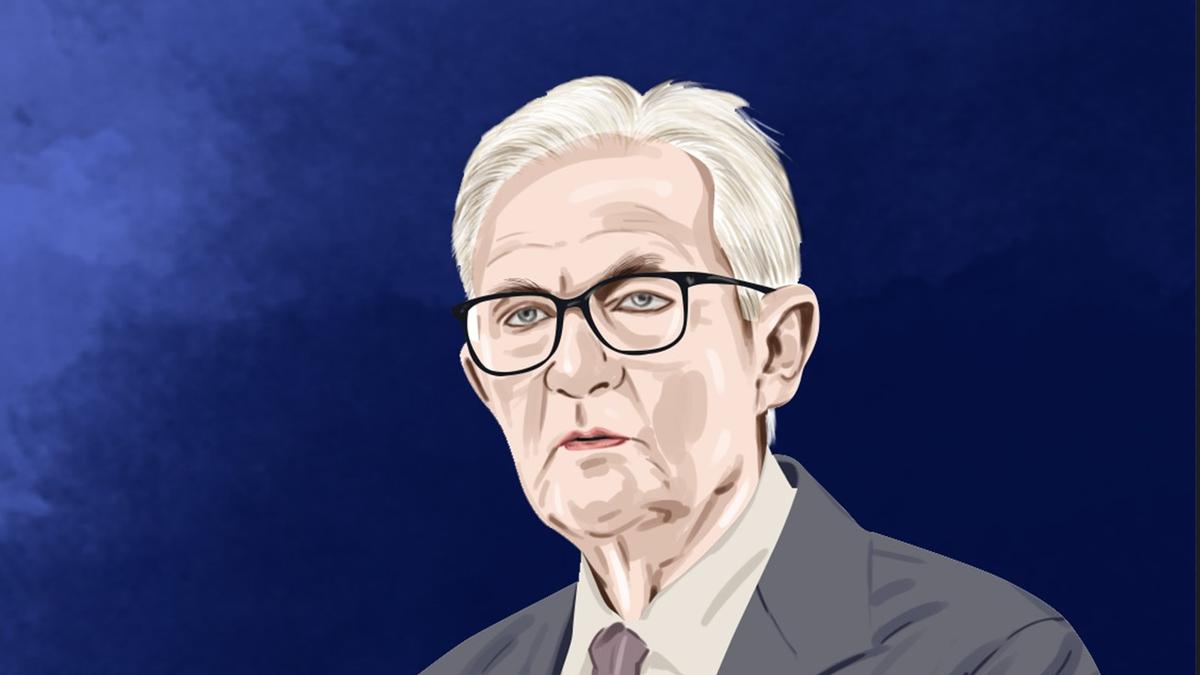At his acceptance speech as the Chairman of the U.S. Federal Reserve Board at the White House Rose Garden on November 2, 2017, Jerome Hayden Powell finished by saying: “I strongly share that sense of mission and am committed to making decisions with objectivity and based on the best available evidence, in the long-standing tradition of monetary policy independence.” He said this fully cognisant of the friction that lay ahead between the Treasury and the American Central Bank, as has often been the case since the Federal Reserve system’s creation through an Act of Congress in 1913. But he would not have expected to be publicly berated as a “knucklehead”; or as an “enemy worse than Xi”, by the very man, President Donald Trump, who nominated him for the Chair’s position.
Mr. Powell is a registered Republican. But he was appointed to the seven-member Board of Governors of the Federal Reserve by a Democratic President — Barack Obama in 2012 — and will continue to serve on the Board till his term ends on January 31, 2028. He has been dubbed as a ‘consensus builder’, and it would be fair to say that he has also been popular on Wall Street.
An undergraduate in politics from Princeton and law from Georgetown University, Mr. Powell had a wealthy upbringing in the posh Washington suburb of Chevy Chase. His father was a lawyer and mother a mathematician who worked part-time at the Republican National Committee. Conventionally, Fed Chairs have been renominated several times by Presidents cutting across party lines, to mark continuity, non-partisanship, and stability — all factors favoured by markets and enterprises. Even the four-year term of the Chair is renewable independent of the remainder of their time on the Board.
Not since the Treasury-Fed Accord of 1951 has there been a more frontal attack on the independence of the U.S. Central Bank in the vitriolic manner pursued by President Trump both during his first and current term.
Trouble began weeks after Mr. Powell took office on February 5, 2018. He continued with incremental interest rate hikes through the year, pursued by Mr. Powells’ predecessor Janet Yellen. She had begun revising rates in December 2015 for the first time since the 2008 Global Financial Crisis, when rates were reduced to near zero for the first time in 50 years, aiming to spur the American economy from what appeared to be an intractable recession. But Mr. Powell pivoted in 2019 to “insurance cuts” amid trade war uncertainty, and financial markets rallied strongly.
Call for resignation
Mr. Trump broke with convention by publicly commenting on the Central Bank’s monetary policy stance by stating that he was “not thrilled” with the rate hikes beginning in March 2018. In the months to come, criticism quickly turned into jeering, peaking with Mr. Trump calling for Mr. Powell’s resignation in December 2018.
In contrast, Mr. Powell has shown restraint, with a rare interview to CBS’s 60 Minutes in June 2019, where he responded to the President’s calls for his resignation by saying “the law is clear that I have a four-year term. And I fully intend to serve it.”
Among his most notable policy interventions would be Mr. Powell’s post pandemic response when the Fed printed $2.9 trillion, expanding its balance sheet from $4.7 trillion in March 2020 to more than $7 trillion in May and reduced interest rates to near zero between March 3-15, 2020. This was the rare occasion when Mr. Trump got what he sought from the Fed and resulted in a lull in the attacks against Mr. Powell. This was contrasted by a markedly cordial relationship that the Fed Chair had with President Joe Biden.
At the onset of the pandemic, Mr. Powell introduced the Flexible Average Inflation Targeting — a policy pivot to better serve the Fed’s dual mandate of price stability and maximum employment, at a time when the drastic unemployment prevailed in 2020 at 6.7%, almost doubling from the previous year’s 3.6%
However, Mr. Powell was slow to respond in reigning in the post-pandemic inflationary spike — a phenomenon he wagered would be “transitory”. He later admitted it to be a miscalculation. The Fed under Mr. Powell once again pivoted from near zero interest rates for more than a year, steadily raising them beginning March 2022 to get it to 5.5% by July 2023.
During his last Jackson Hole speech on Friday, where central bank leaders gathered from across the world for their foremost annual global summit, Mr. Powell received a standing ovation – a rarity among technocrats and economists. Not so much for his policy interventions, but for standing firm and safeguarding the independence of the most consequential pillar of the world’s monetary system.
Mr. Powell mentioned “downside risks” to unemployment, and “upside risks” to inflation, indicating that a near certain rate cut cycle would begin in September. This would most certainly be music for Mr. Trump’s ears.
READ MORE
Published – August 24, 2025 01:48 am IST
